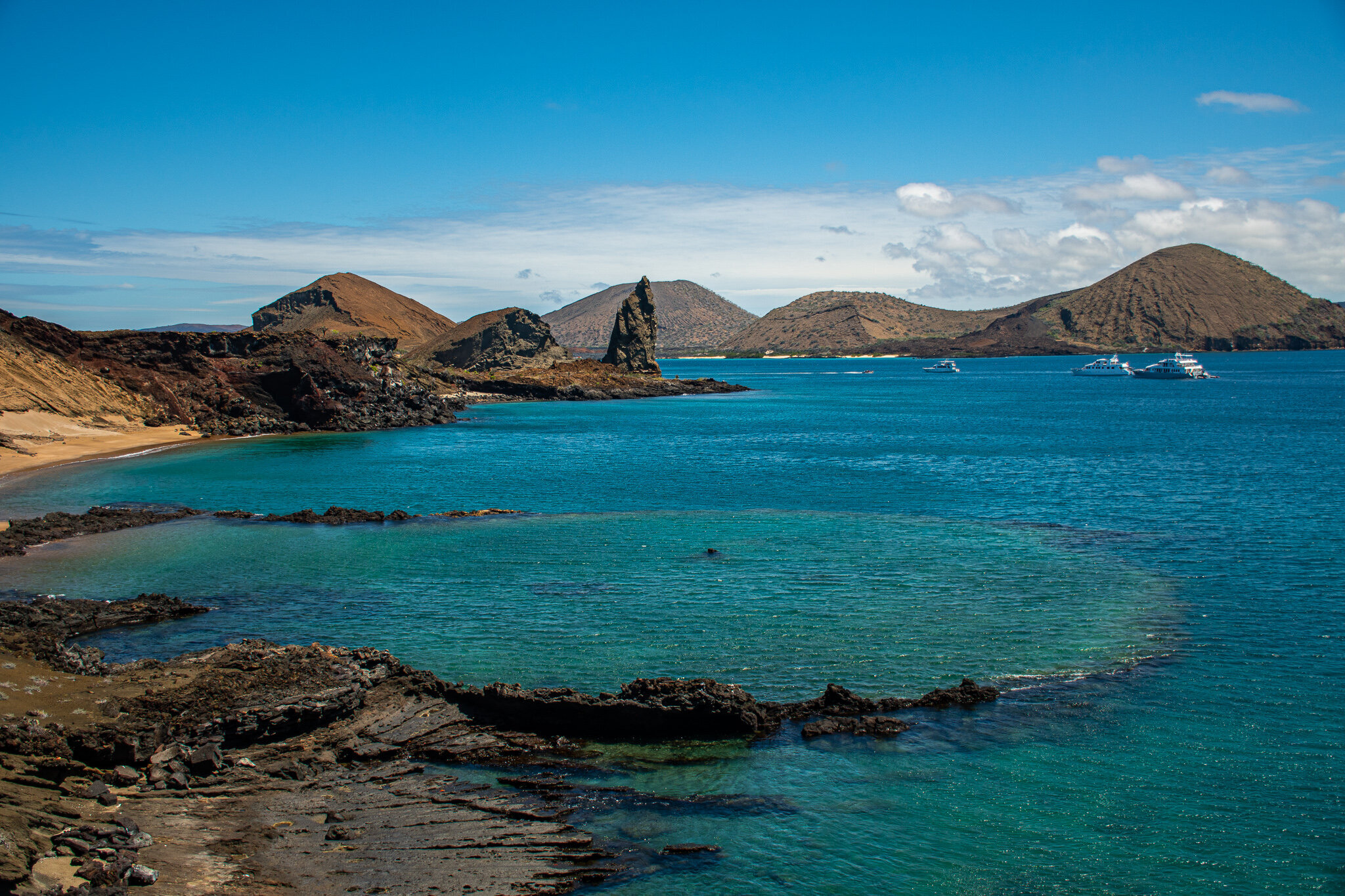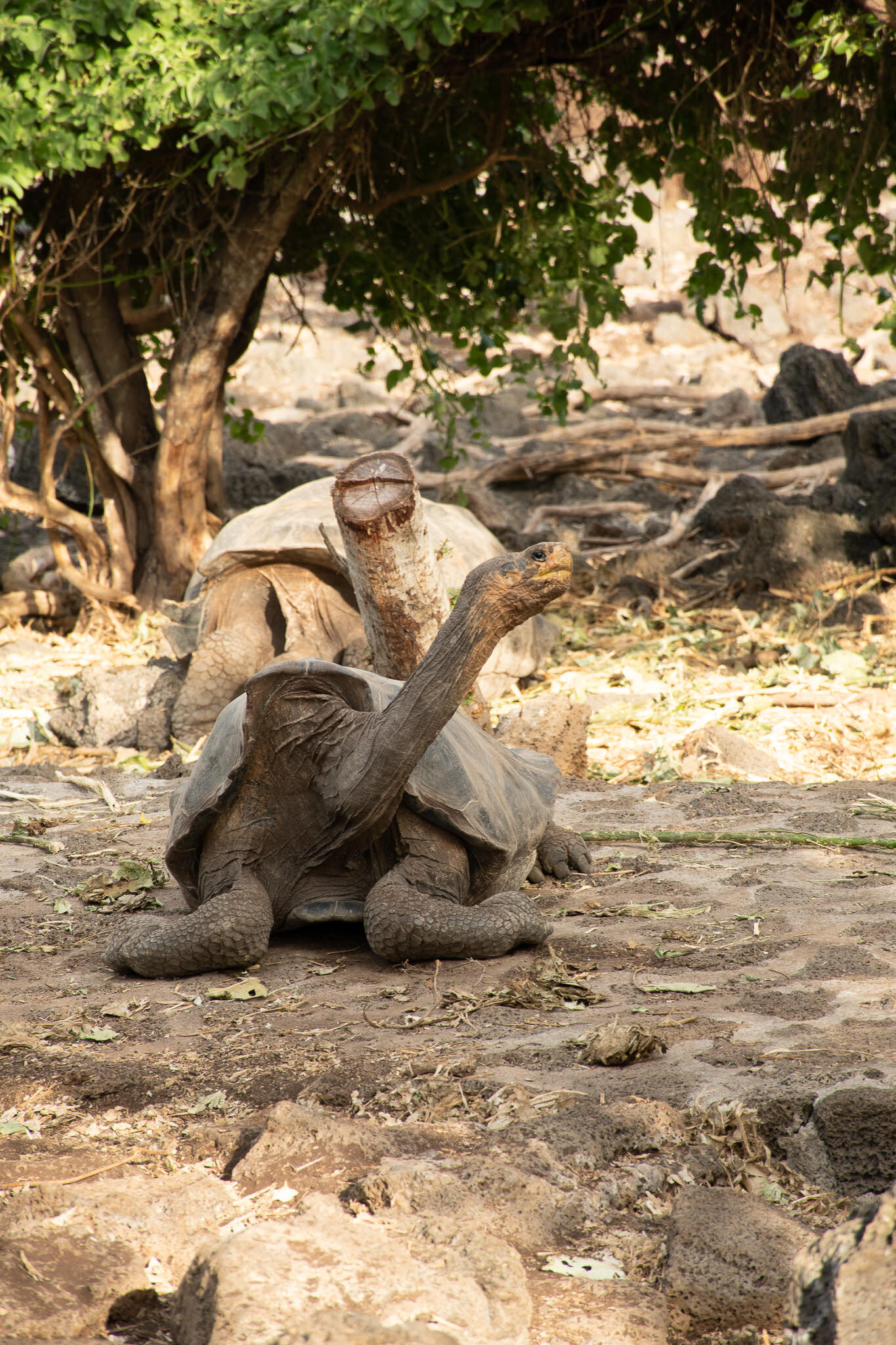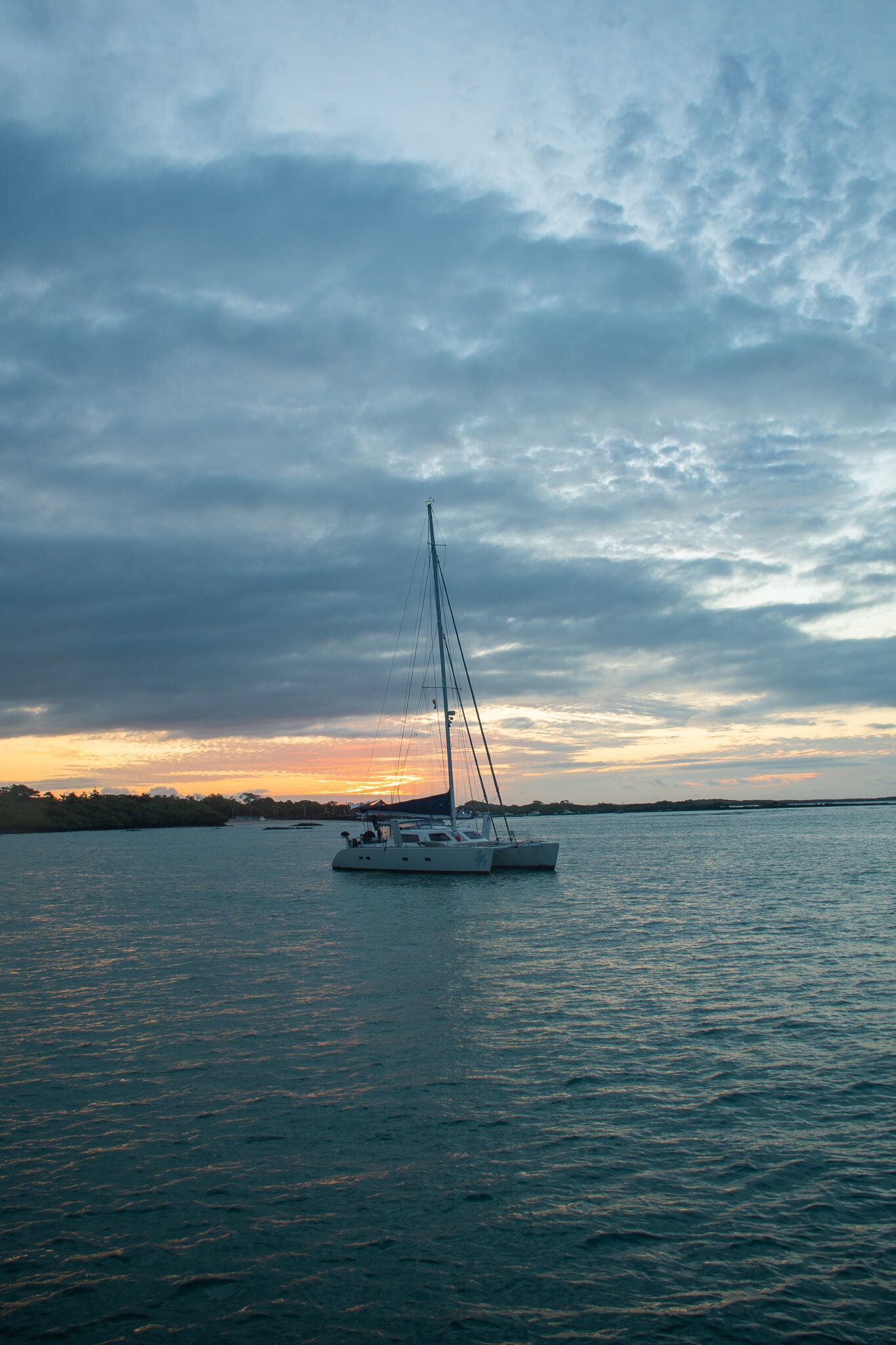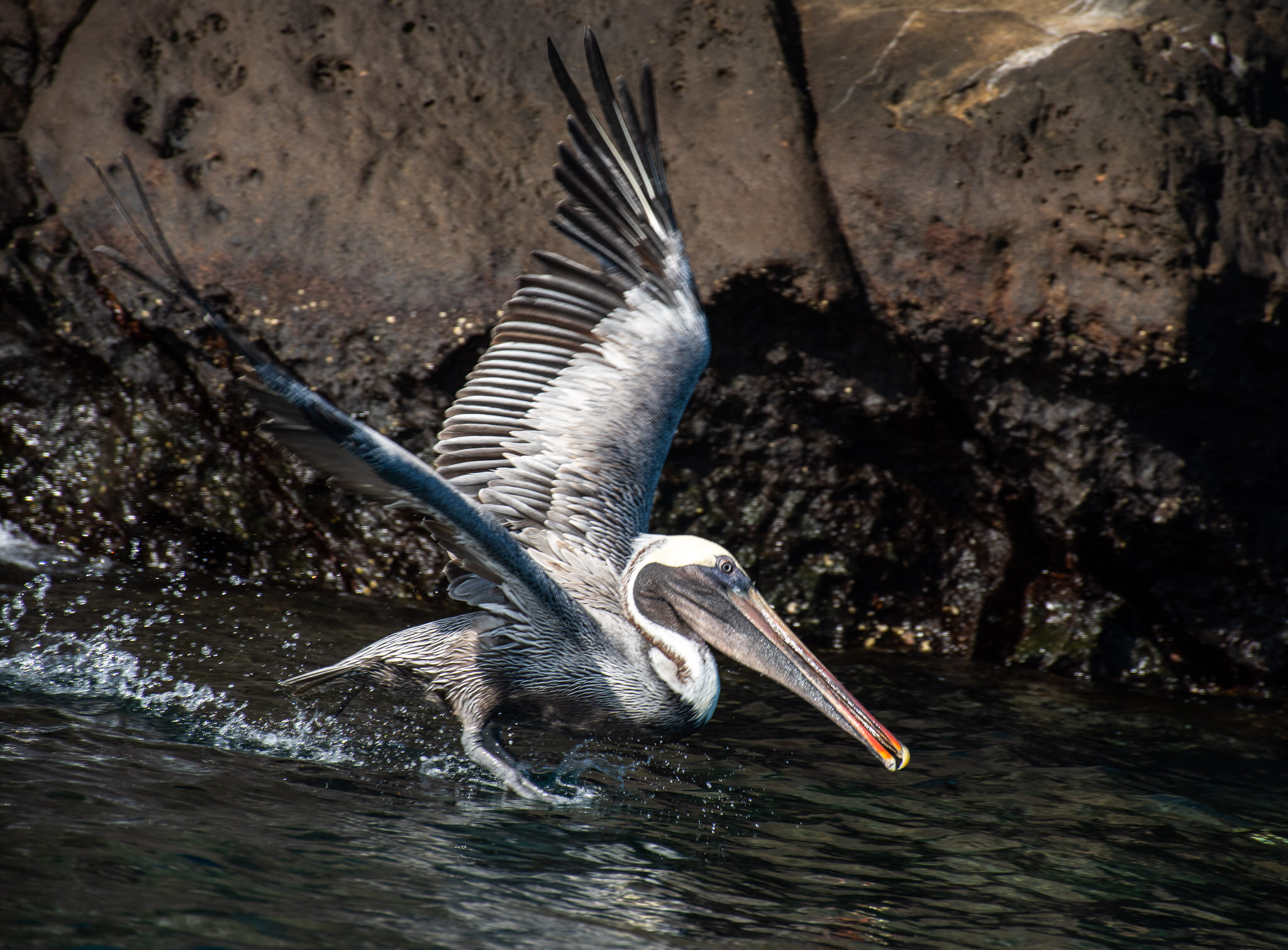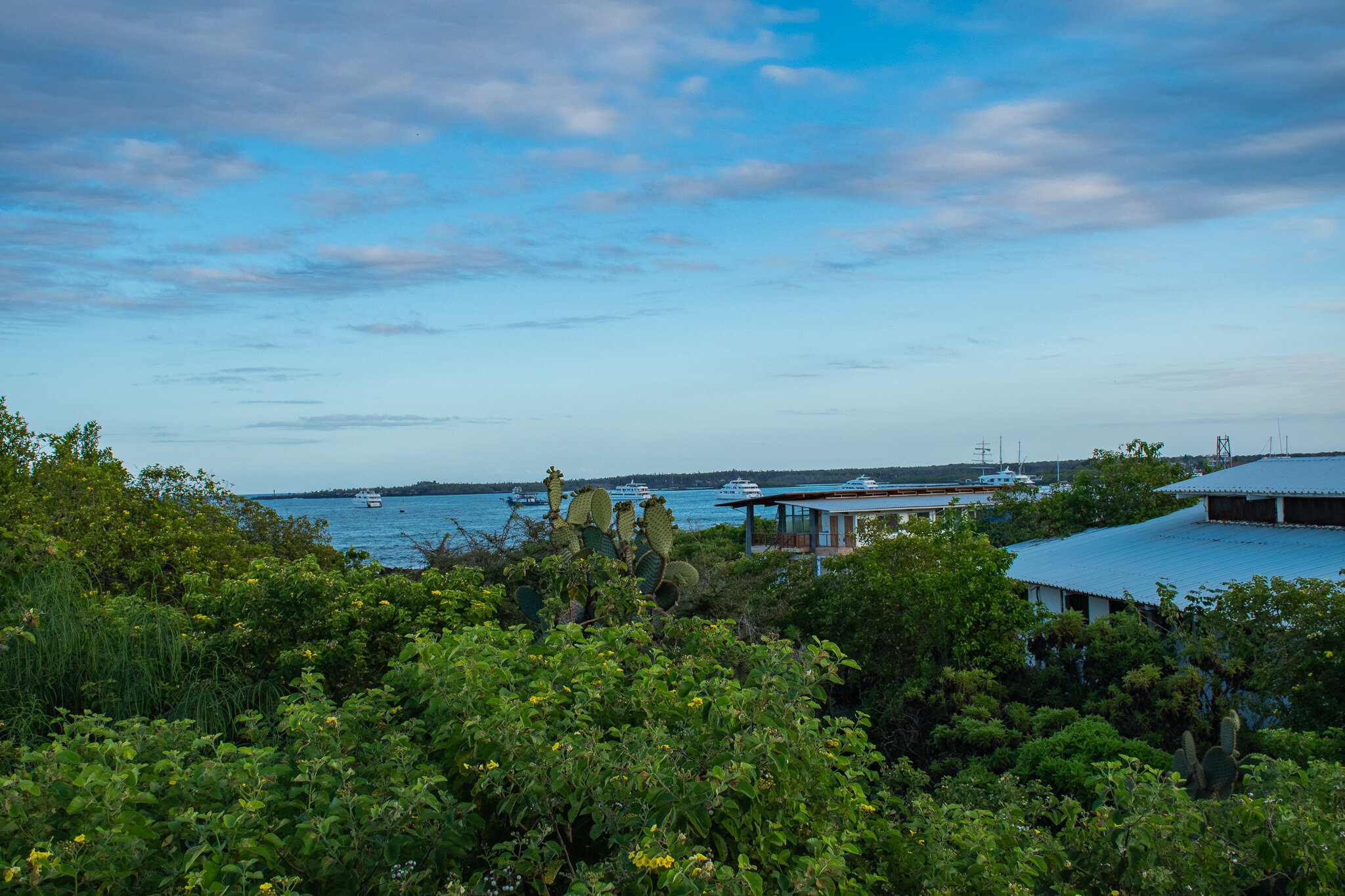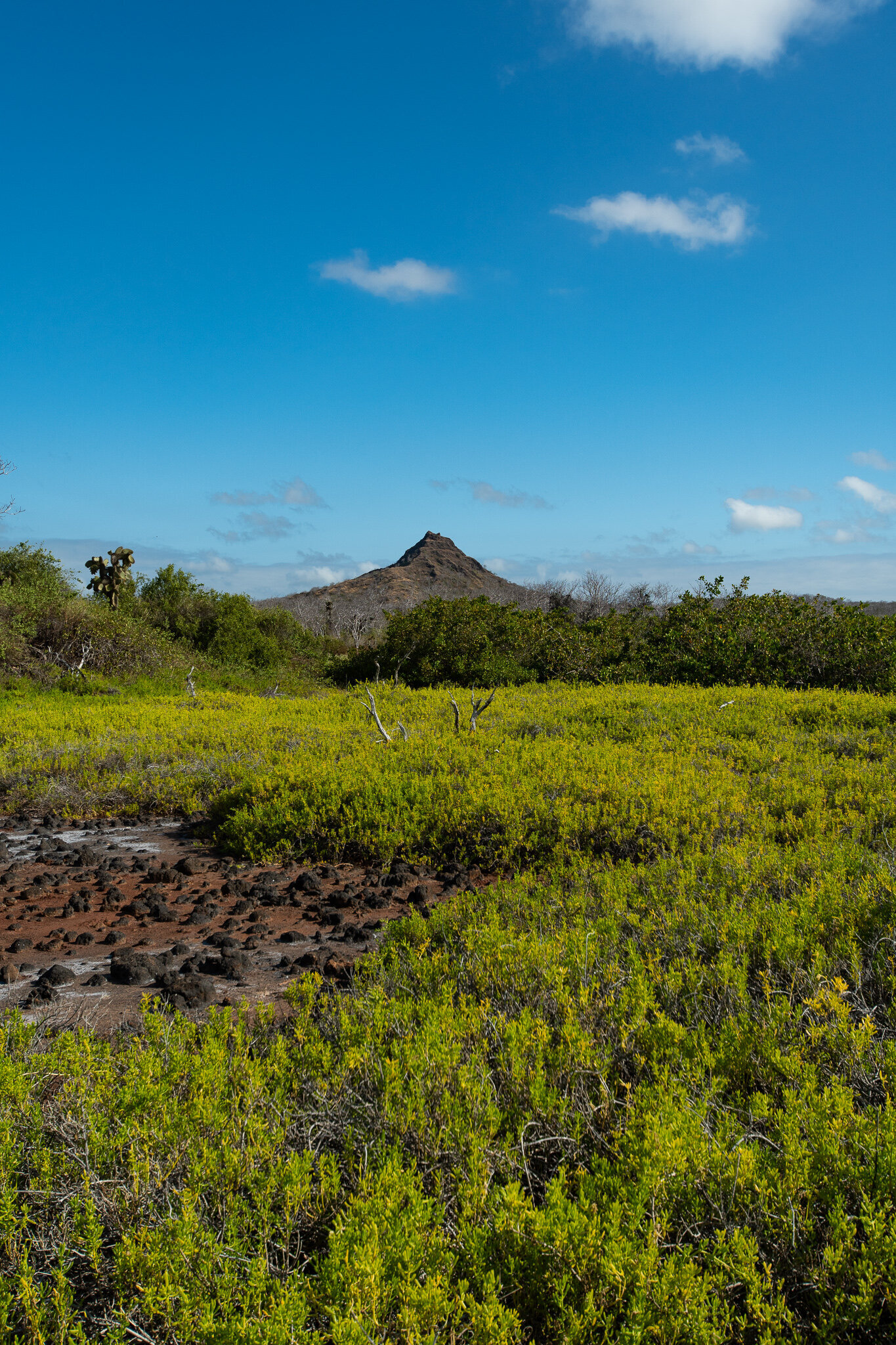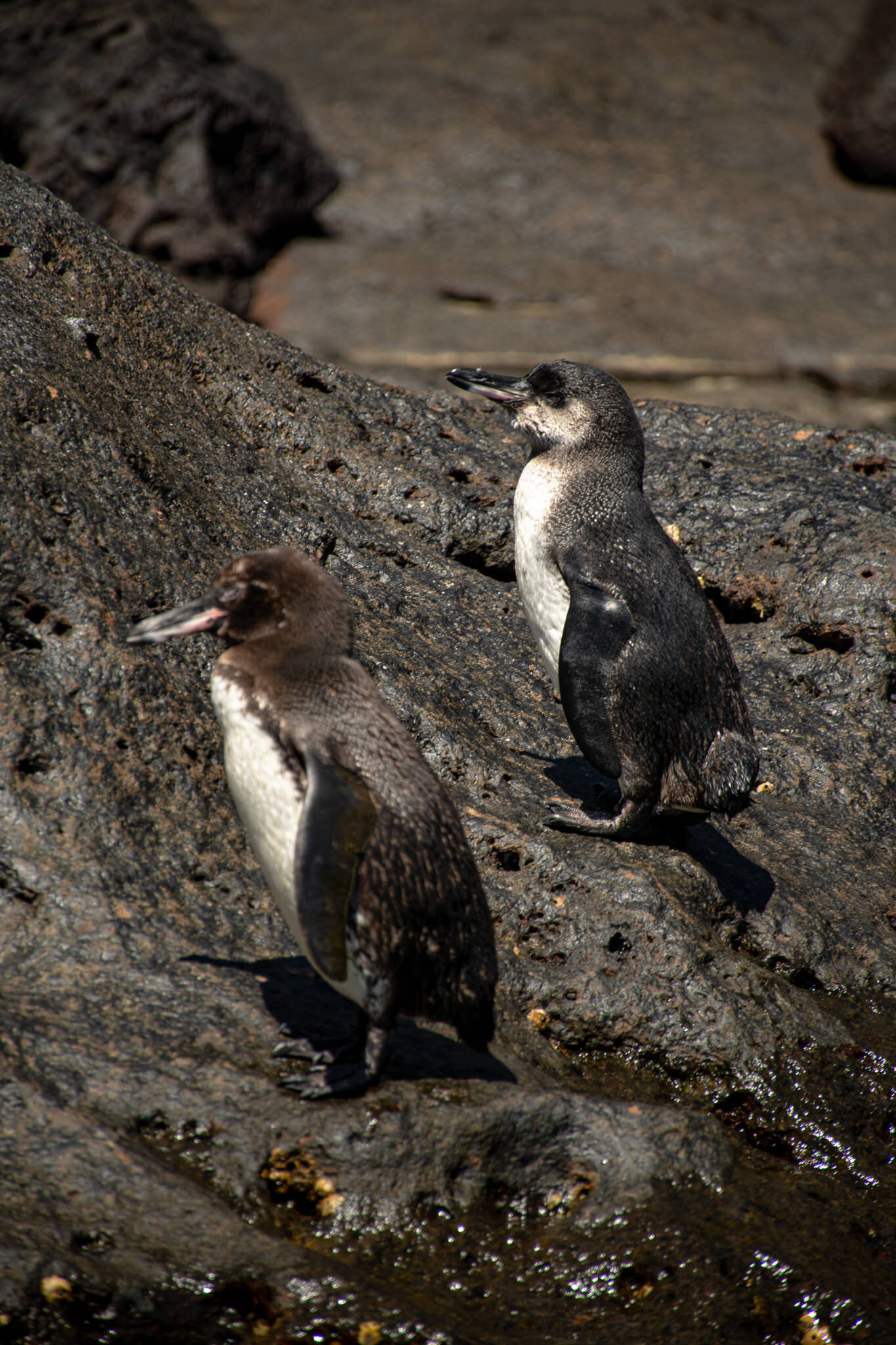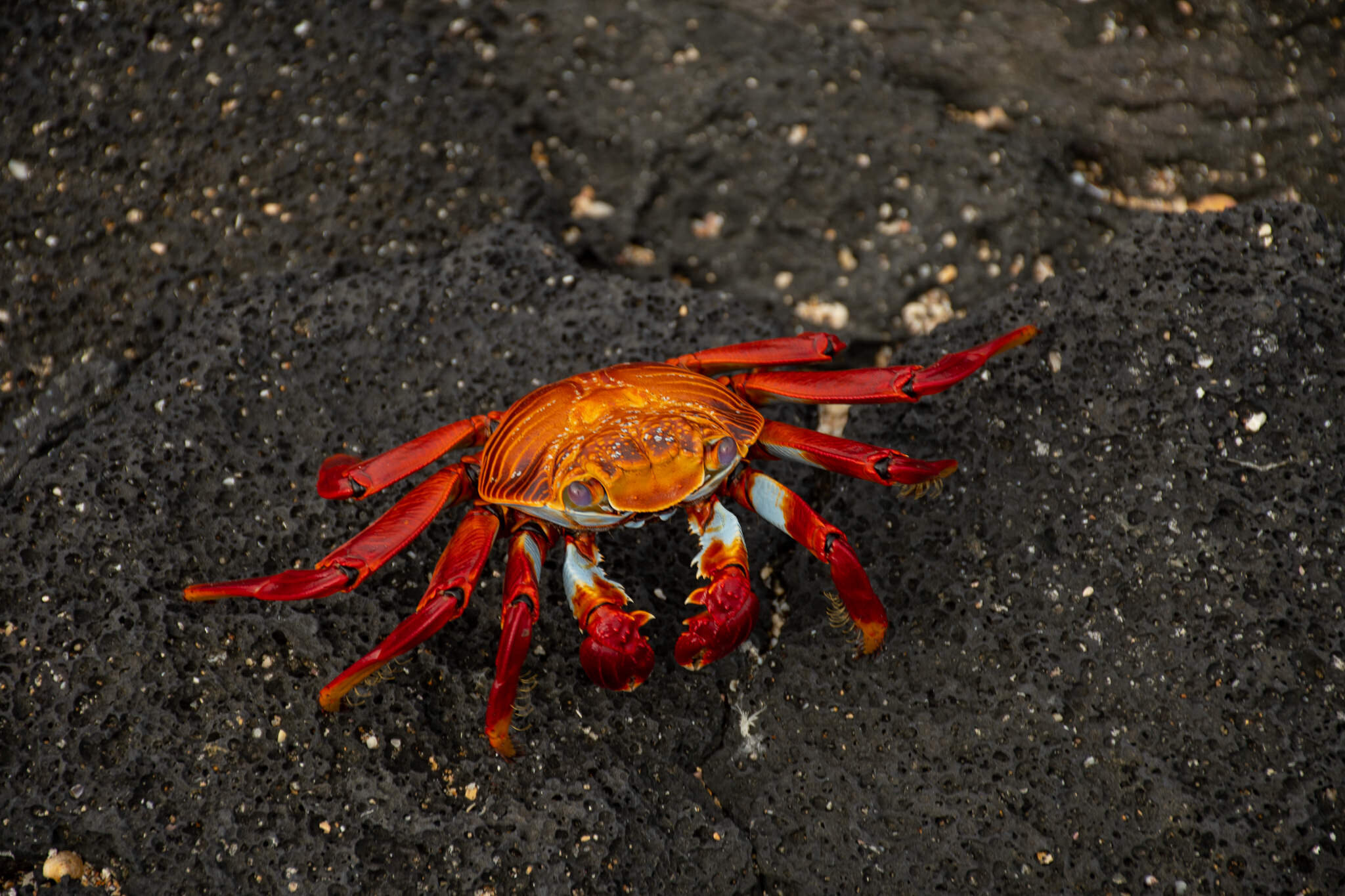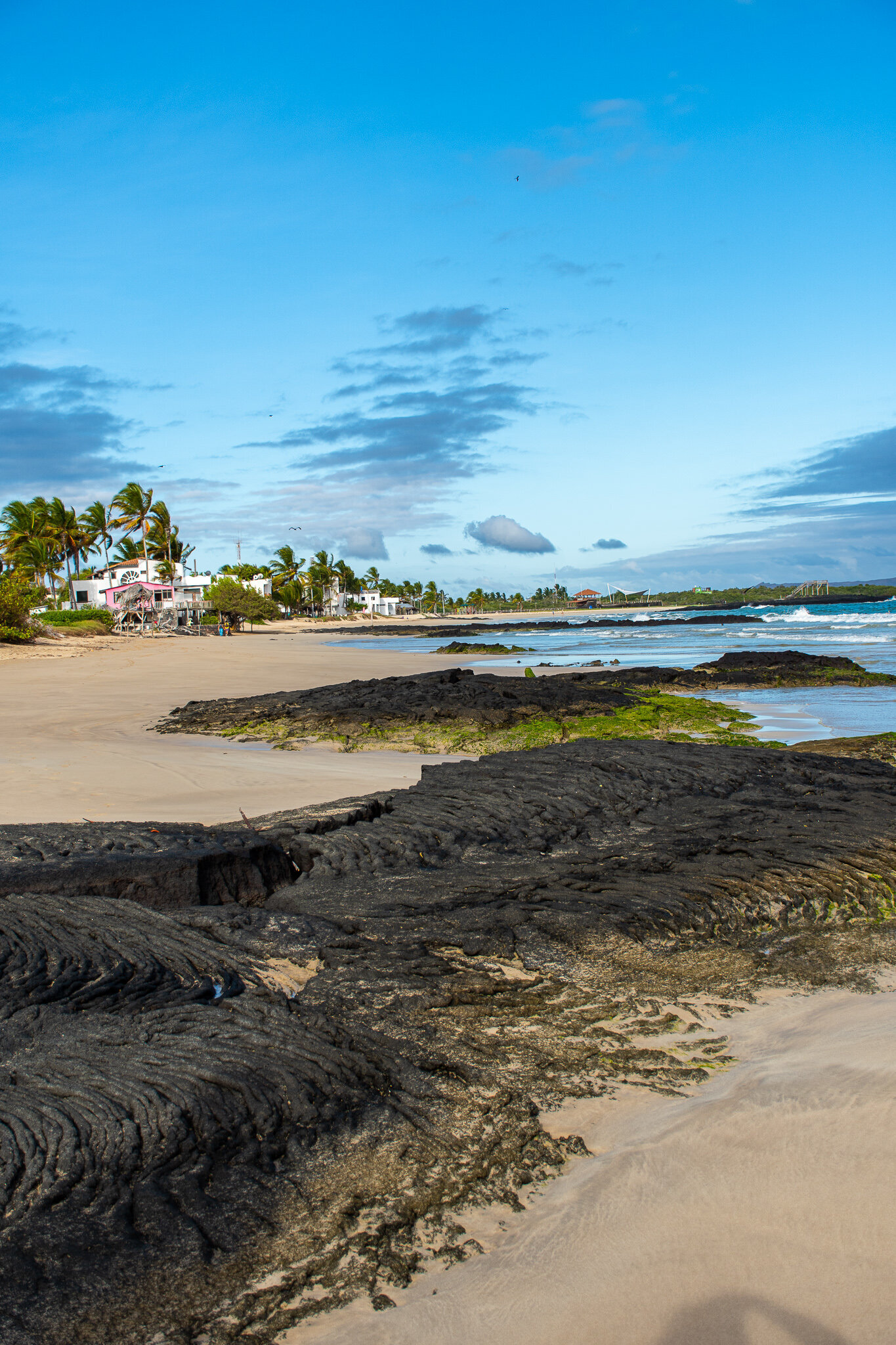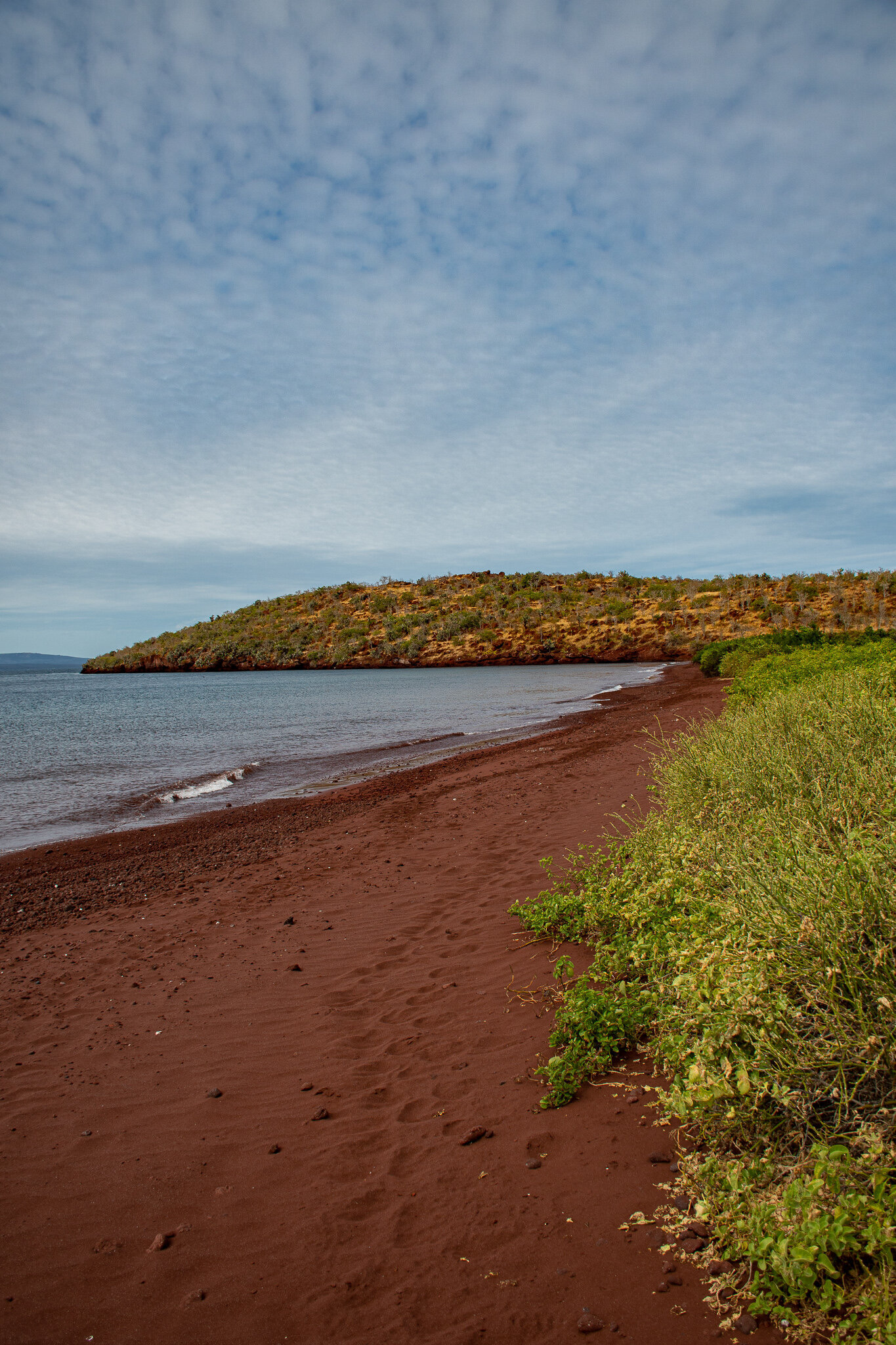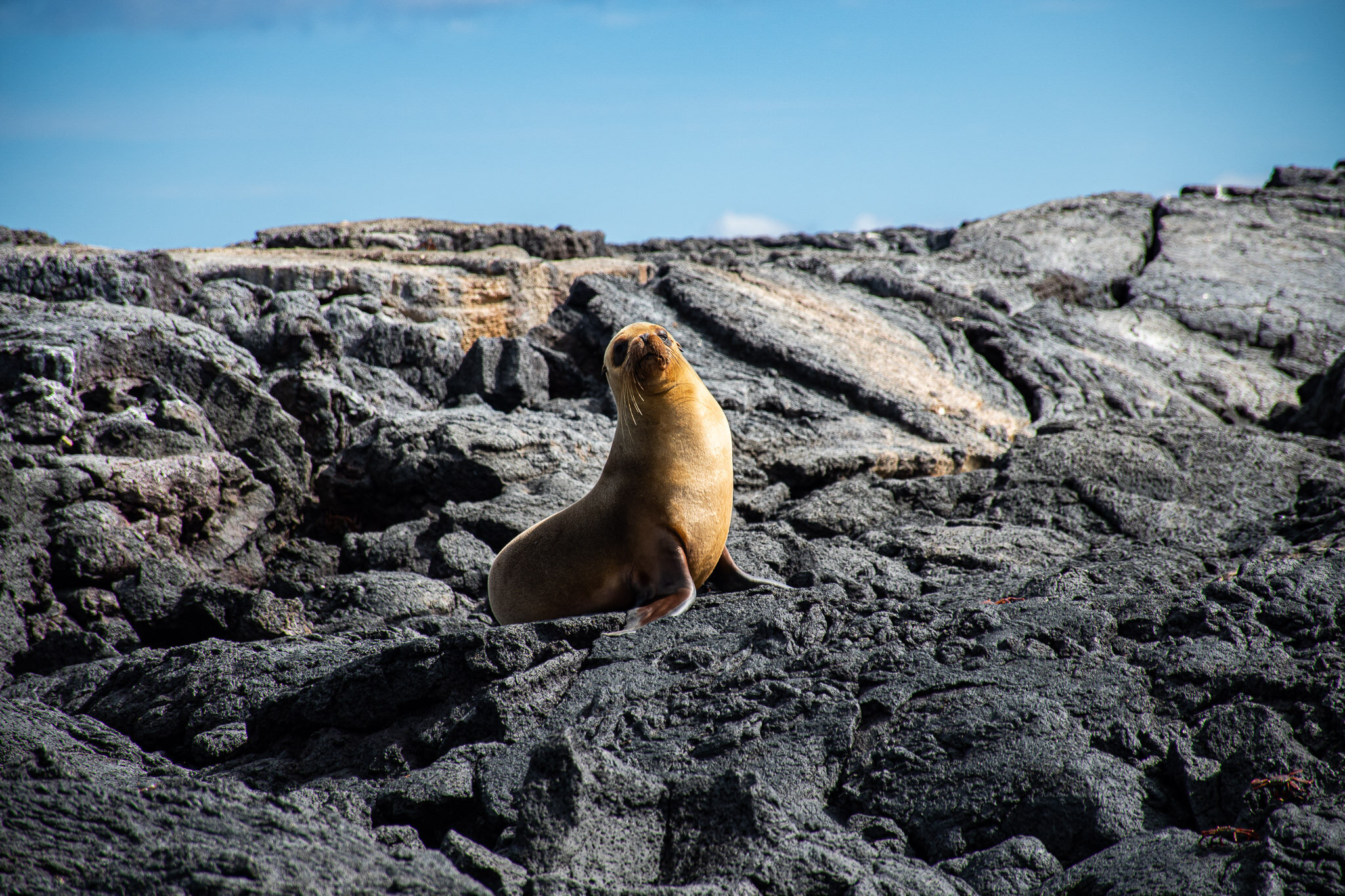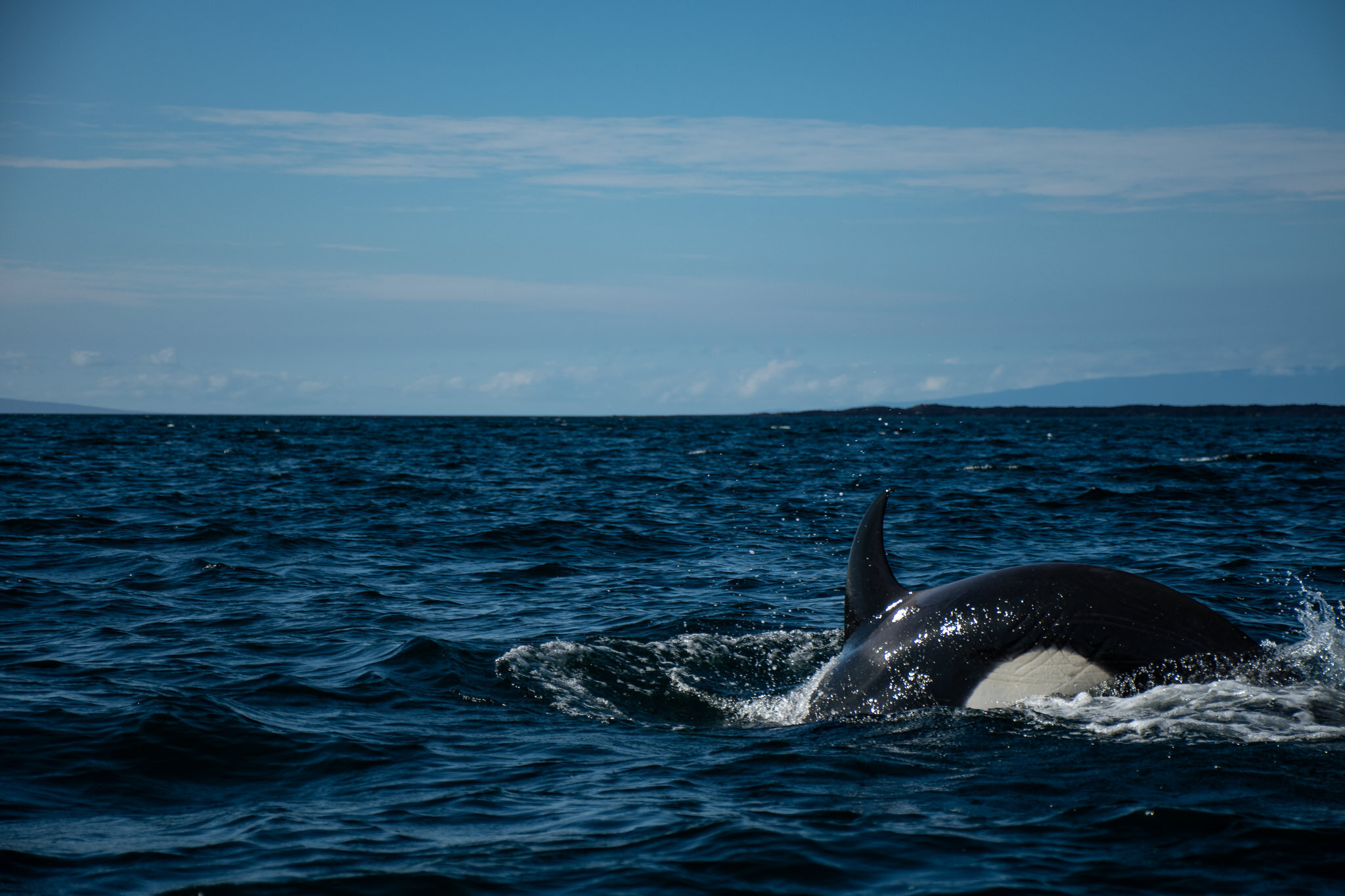Traveling to the Galapagos Islands | Family Travel
Here’s a quick Table of Contents to help you navigate all the information! Click on a link to learn more.
A little history about the islands
Tips for traveling in a pandemic
Traveling to the Galapagos Islands takes a lot of planning and preparation but trust me it is worth it!
A little history about the Galapagos Islands
The Galapagos Islands are an archipelago in the Pacific Ocean located east of Ecuador. It consists of 9 large islands that are home to some of the most diverse eco-systems anywhere in the world. Fun fact, there are actually over 125 islands total but only four are inhabited.
In 1959, Ecuador designated the islands a National Park. Over 97% of it is protected land and waters and the four islands that are inhabited by humans are San Cristobal and Santa Cruz, Isabela and Floreana.
To fly in and out of the islands, you must go through Baltra. Other than the airport, there isn’t much to see or do on the island. The airport on Baltra Island was actually built by the US Armed Forces to fly military planes in and out of during World War II to protect the Panama Canal. It is used today by tourists visiting the islands.
Traveling to the islands, you can quickly see the positive affects of environmentalism. The protection demanded by the government allows the waters to stay clear, the animals to thrive and the natural elements to flourish. We’ll talk more about that a little later (and the steps taken to ensure all visitors adhere to the protocols) but if your heart is into protecting the environment, the Galapagos Islands will be your new happy place.
Planning your family adventure to the Galapagos Islands
Planning in advance is key to making the trip to the Galapagos.
Ecuador only allows a certain number of boats to travel between the islands and all of them must be approved & certified companies. In addition to that, every tourist or family must have a certified guide with them at all times when exploring.
Putting that together, slots are limited. Guides can have a max of 16 guests with them and most boats hold between 16-25 guests.
We traveled the islands via boat and truly recommend doing the same because you will see so much more of the islands and absolutely be immersed in the environment. You can visit the Galapagos Islands by doing day trips but the same limits apply and you are contending with more people (and hotels that are also hosting trips for their guests).
They are many vendors on Santa Cruz that sell day trips. Keep in mind that the boats are small and guides are required so guest count is limited. Therefore, if you want to stay on island, it’s recommended to plan your day trips in advance.
Another tip if you are planning day trips only, prepare for a lot of commuting. While some boats will leave from the south of Santa Cruz, many leave from the north side of the island, and that’s a 40 minute bus ride, one way.
Because planning trips in the Galapagos has many requirements and restrictions, it is strongly advised to use an agency to plan your trip. We used Adventure Life and had a great experience with them. Our trip was originally planned for June 2020 and obviously that didn’t happen. As you can imagine, there were so MANY changes and adjustments and Adventure Life took care of it all and helped us rebook for June 2021. Even when we were one day away from arriving in islands, rules changed and they were on top of it, helping us every step of the way. We would have never known without them. Using an agency will save you so much stress and heartache.
Speaking of rules, restrictions and changes….
Not only are there strict rules about what you can and cannot bring to the islands on your visit, as you can imagine, there are many more new rules around COVID-19. Traveling to the islands during a pandemic wasn’t easy but it was definitely worth it.
It needs to be said that this post was written in the Summer of 2021 and changes come fast and often, so please check with authorities and agencies for updated information.
The hope is that as the pandemic ends, the restrictions will ease.
As of July 2021, the Ecuadorian Embassy states:
To enter the Galapagos Islands, all persons must present a negative RT-PCR test taken a maximum of 72 hours prior to travel, counting from the time the sample was taken, or present a vaccination card showing the traveler received a complete series of the COVID-19 vaccine at least 14 days prior to travel.
A little story to share our about our COVID experience:
At the time of our trip, we were required to have a negative PCR test taken a max of 96 hours before arrival, regardless of vaccination status, we had those done in the US because the mainland of Ecuador required a negative antigen test.
Then one day before we arrived, the rules changed. It then become a PCR test needed to be taken within 72 hours of arrival unless you had proof of your vaccination. In other words, all our tests taken in the US were invalid but my husband and I were fully vaccinated so we had to take the kids to a local hospital for new tests.
We anxiously awaited the results returning before we headed the airport. Thankfully all tests were negative and we were on our way but it was another $90 we weren’t expecting to pay.
Once you have proof you are negative, here are a few more things you can and cannot bring to the lslands.
What to pack
Reef safe sunscreen (at least 30spf)
Reusable water bottle
Wide-brimmed hat
Hiking sandals or water shoes (Teva/Chaco/Keen)
Dramamine if you get motion sickness
What not to pack
Fruits, veggies or critters from the mainlands
Flip flops for hiking. Lava will tear your feet up
Plastic water bottles or straws
Aerosal Sunscreen or non-reef safe
Your own alcohol or food (small, prepackaged snacks are ok)
Something to Note:
Before disembarking the plane, all bags (carry-on and checked) are sprayed down with a disinfectant to kill any contaminants you may have brought with you.
Needing a more complete packing list, click here to see more.
Arriving in the Galapagos Islands:
Likely you will fly into either Quito or Guayaquil before taking a connecting flight to the islands.
While you will officially be in the Galapagos, you are not done yet!
After arriving at the airport on Baltra Island, there are a few more steps to take before reaching your final destination.
At the airport, you will meet your guide and they will help you through all these steps. They will even be covering all the transportation fees along the way.
First, you will board the airport bus that will take you to a small ferry.
You will board the ferry and your luggage will go on top. Good news, I never saw any pieces fall overboard.
If you are going to a hotel in Santa Cruz or if your vessel is docked on the south side of the island (most are), then you will board another bus to head south. This ride takes about 40 minutes. There is only one road that runs north and south on Santa Cruz, in all the times we were on the road, we did not experience traffic.
From there, you may board a shuttle to your hotel or if you are getting on a boat, you will ride a dinghy boat to the main boat. The boat crew will take your luggage on its own dinghy.
My tip for the process:
Pack your patience, go with the flow and enjoy all the helpful Ecuadorians that handle your luggage from the airport shuttle to your final destination. It was so nice not to have to lug all that ourselves, it made the whole process much easier.
Suggested route & preferred way to see the islands of Galapagos.
As I eluded to earlier in this post, it is highly recommended that you explore the islands via a multi-day cruise. It is truly the best way to immerse yourself in the unique and diverse ecosystem of the islands. Depending on your stay, cruises are offered in 3 to 8 day trips.
This advice comes from experience. We did both and definitely favored one.
The best way to see the islands in all their glory is by taking a 3, 5, 7 or 8+ day cruise.
Obviously the longer the cruise, the more you see.
These are not huge cruise liners. They are mid-size boats, typically in the yacht or catamaran style; accommodating about 16 passengers per boat.
Some of the highlights to taking a boat trip around the islands:
You get three meals a day plus snacks and endless hot drinks.
You get to know the staff, your guide and fellow guests. It becomes an experience.
It becomes a semi-private tour that is completely planned for you. Sit back and enjoy!
Perfect for all ages, young kids to active grandparents.
You get to see islands (ie: animals and terrains) that may not be accessible by day trips from Santa Cruz.
Your home base is the boat and they have everything you need; snorkeling equipment, life vests, hot showers, etc.
During travel times and after a long day, you get access to the pool deck and hot tub.
From the boat you will see the most amazing sunrises and sunsets. You may even get a sunrise snorkeling opportunity.
You likely will cross the equator…there is fun tradition if you get to do so!
The southern hemisphere night sky in the middle of the Pacific Ocean is the most incredible sky you will ever see. No light pollution means stars from the horizon to as far as the eye can see.
The dinghy (Zodiac) rides to and from the islands are so fun, not to mention on the likely chance you see wildlife in the water (whales, dolphins, sea lions, penguins or turtles) you get an up-close and personal view.
Exploring the Galápagos Islands by boat will be a once in a lifetime experience!
We did a 7 day trip and felt that gave us an opportunity to see it all. In my humble opinion, anywhere from 5 to 7 days will give you a chance to see multiple islands, incredible wildlife and many opportunities to hike and snorkel. You’ll leave feeling as if your travels to the islands were comprehensive and the sights exhausted. Make the most of this trip if you can because it’s unlikely you’ll come back.
The best time of year to travel to the Galapagos Islands
Peak season for the islands is their dry season, June to November. It’s considered their dry season and while many types of vegetation are dormant, there is still plenty of green in the mangroves and evergreens and the weather is cooler. In June, our mornings started off cool and never rose about 80 degrees. It was perfect. Other than one half day of rain, we had blue skies and sunshine the rest of the trip.
An inside peek at a 7 day cruise around the Islands.
Before sharing our itinerary, I want to clearly state that this was created by Adventure Life. They did an incredible job lining up our trip with Treasure of Galapagos, owned & operated by a registered and approved private company, who planned our 7 day adventure.
If you have an opportunity to book the Treasure of the Galapagos, we highly recommend it. From beginning to end, the crew took incredible care of us. We left with heartfelt goodbyes and memories that will last our lifetime.
Each cruise does have its own itinerary and each island offers something different. The longer the trip, the more spots you stop at along they way. The terrain is often similar on many islands so if there are spots you have your heart on seeing (Darwin’s lake, crossing the Equator or Bartolome’s Bay) you may want to mention that to your agency so they can determine the best route for you.
Each day offered three meals on board, breakfast, lunch at noon and dinner at 7pm. Excursions are planned around the meals since they are all on board. The boat also offered freshly prepared snacks on many days to hold us over after big activities between meals. We were never left hungry! We were also well rested, as most days there is time for a siesta.
Day 1: Before setting sail, we boarded the boat, had lunch and then went back to the island of Santa Cruz to visit the Darwin Center of Tortoises. We walked around town for about an hour before boarding the boat for the next seven days.
Day 2: A dinghy ride around Eden Islet, snorkeling. Sail to Dragon Hill where we hiked and explored the island.
Day 3: Isabela Island. A visit to Tintoreras then a bus ride to the Sierra Nega Volcano where we hiked to the rim. After lunch and a siesta, we went back to Isabela Island where we walked through a Mangrove Forest, searched for more land tortoises and spent some free time in the small town.
Day 4: More of Isabela (the biggest island). Walk the lave fields of Moreno Point then took a dinghy ride along the coast. After lunch we went deep-water snorkeling and then sailed to Urbina Bay. Once arriving at Urbina Bay, we hiked the island and then had an optional snorkeling excursion off the beaches of Urbina Bay.
Day 5. Fernandina Island. The day started off with an option sunrise snorkel experience. After breakfast, we were headed to the island to hike when the crew spotted Orca whales. We took a quick detour to watch them swim around. After that, we hiked Fernandina (Punta Espinoza). During lunch we sailed to Tagus Cove where we disembarked for a power hike to Darwin’s Lake and beyond before beginning our 11 hour sail around the northern tip of Isabela island
Day 6: Santiago & Rabida Islands. We walked the lava fields of Santiago and saw so much wildlife. After our hike, we snorkeled and swam off the beach with black sand. The boat set sail during lunch and siesta and landed at Rabida Island. There were walked along the red sand beach and had the option to do some more deep-sea snorkeling.
Day 7: Back to Santa Cruz Island for our final stop. At 6am, we disembarked to Las Bachas beach for a sunrise walk. There we saw many birds including flamingos and blue herons. It was so peaceful and serene. After breakfast, we grabbed our bags and headed off. Our epic adventure had come to an end.
Another lesson from experience…
Because our original trip was cut short a day, we were booked on a guided tour (with a new guide) around Santa Cruz. We didn’t realize this, we thought we were going straight to the hotel. Our first stop was in Santa Rosa, where we toured the El Chato Ranch, Rancho Primisias, a free-roaming tortoise refuge. Since we arrived at 8am, we had plenty of time so before lunch, we explored the lava caves nearby. We were served a very nice lunch at the refuge and then headed towards our hotel. After a brief change of clothes and an hour to settle in, a snorkeling adventure had been arranged but we were exhausted.
Since we had no idea this was in the plan, our mindset was not in the right place (poor guide!) so we cancelled our afternoon guided trip and took a nap instead. After 7 days of hiking, wildlife and snorkeling, we just wanted to rest.
The lesson learned: double check your itinerary and read it closely. Our itinerary never explicitly said we had a tour, but it implied it and we didn’t catch that.
Our boat, The Treasure of Galapagos
Our boat was fully staffed and included our boat/hotel manager, chef and assistant, captain and his crew and then an incredible staff of five that took care of our every need (service, cleaning and more).
Our guide, Victor, was also on board with us as well as two other guests that we quickly became friends with. There were 6 guests and 11 staff, so needless to say we were well taken care of.
This is not typical but was a lucky break considering how soon we arrived in Ecuador after they opened up post-pandemic.
Helpful tips as you prepare for your cruise
There is no wifi on board so once you leave, you are officially off the grid.
You will have one opportunity to find wifi on Isabela Island in town but it’s not great and will only last the hour you are there.
If you sail around Isabela island, once you hit open waters, prepare for a rocky ride. It’s an 11 hour sail and I’d estimate that 8 of those were rough. Thankfully you sleep through much of it but you may wake up certain you are going to fall out of bed. Pack extra Dramamine.
Snorkeing gear and wetsuits are available on board but they do cost $50/guest. The fee must be paid in cash and your rental will last the entire trip.
If you have dietary needs, be sure to tell your agency and hotel manager. One of our other guests was gluten-free and it was incredible to watch the Chef and Manager’s attention to her request. They knew every ingredient and if they could not substitute an ingredient they made her an individual meal.
All meals are served buffet style with multiple options. Soups and desserts were offered at the beginning and end of almost every meal. We were well fed!
Be prepared for a lot of hiking, walking and snorkeling. Those will be your main activities.
Dress casual, bring layers. If you take a cruise, there is no need for fancy clothes and jewelry. Meals are casual, come as you are.
Pack plenty of the basics. There are no opportunities to wash clothes during your cruise.
Pack a wet bag. If you don’t, your dry clothes will start to smell like wet clothes.
Tipping the crew
It is expected that at the end of your trip you will pay your crew and guide a gratuity. The suggested amounts will be given to you by the agency and then again by the boat. On your last night, you will be given envelopes to pass back to the guide and manager.
To help you plan accordingly, here is what is commonly suggested:
For the crew (to be split by all): $20-25 per traveler per day. Which equals to about $100 per day for a family of four. Seven day trip will total $700.
For the guide the recommended amount is $10 per traveler per day. Again for our family of 4, we were expected to pay $40 per day.
Obviously, your personal experience will determine the amount you pay out. You will quickly see that the travel industry and those that work in it have been deeply affected by the pandemic. If you have the ability to give generously, you will see first hand the positive impact you can make on the lives of the locals.
Your guide through the Galapagos Islands
Throughout our time in Ecuador, we had four guides and I can honestly say there were all very experienced, knowledgeable, friendly and prepared. Each and every one of them could answer any question thrown their way and had a true passion for the islands.
Fact: There is an intense course and training that all guides must go through before being certified. You are sure to have a qualified and highly trained guide in Ecuador.
One of the benefits to a cruise around the islands is that unlike day trips, you have the same guide for the entire time and you truly get to know them. We were so fortunate to be placed with Victor Hugo and we felt that he was the perfect match for us. He was patient, encouraging, approachable, passionate, knowledgeable and a people person and was great with the teens. We laughed, shared stories and connected as humans since we were together 24/7 for seven days. If you are fortunate to have Victor as your guide, you are in great hands. He truly brought the islands to life for us.
Packing Guide for your trip to the Galapagos Islands
This list is intended for those that travel in the dry season (May to November).
Clothes:
Comfortable and causal shorts and tops. Ones that are great for hiking and being outdoors.
Quick dry clothes are strongly encouraged.
A light layer or two—nights can get cool if you are on the pool deck.
Plenty of essentials (socks, undies, bras), no place to wash clothes
Two to three bathing suits. You often snorkel two times in one day and with high humidity and ocean breezes, clothing does not dry quickly.
A pair of lightweight pants or yoga pant can come in handy, esp after a hot shower and the longer cruise times.
PJs that are people friendly. Since you are on the boat with strangers, there will likely be a time or two that you are out and about of your room in PJs. Just keep that in mind when packing.
One lightweight water resistant jacket is helpful to have. You may come across the occasional rain cloud on some islands.
Skip the fancy clothes. If you want to bring a dress, a causal summer dress & flip flops will work perfectly for women. For men, shorts, t-shirt and sandals is all you will need.
Shoes:
Sturdy sneakers or lightweight hiking shoes. Make sure your shoes have good traction and are supportive. You don’t do a lot of intense hiking but many terrains are uneven.
Water shoes (such as Chacos, Tevas or Keens). These are perfect for your water landings and walking along beaches. Do not try to use flip-flops. They will fall off on water landings and walking on the lava field can be dangerous for toes. Plus the lava fields will tear up soft soled shoes like flip flops.
Flip flops or casual sandals are great for on-board shoes. The shoes you wear on excursions are never brought to your room (they are left on the stern of the boat) so if you don’t want to walk around the boat barefoot, flip flips come in handy.
Extras:
Hats: Whether it’s a visor, baseball hat or wide-brimmed hat, you’ll want at least one. The more sensitive you are to sun, the bigger it should be. You will be exposed to bright sun a lot on your cruise and excursions. Make sure it has a cord for the dinghy rides, my husband almost lost his!
Sunglasses: You will absolutely need them. It is recommended that you buy a sunglass cord to prevent losing them, esp on the dinghy rides.
Equipment:
Bring your camera (wide and zoom lenses, lens filters, extra SD cards) and a bag to protect it all. If it’s waterproof or water resistant, even better.
Dry bag: This comes in handy for the wet landings. The crews makes extra efforts to get as close to shore as possible but you are in water, so equipment can get wet.
If you have a Go-Pro, that would be awesome to use in snorkeling. We wished we had one to record all the amazing sea life we saw.
Sunscreen: remember to buy reef-safe, cream or stick form sunscreen. Aerosols are not permitted. Bring some aloe or sun relief cream too, sunburns are common.
Chargers. Ecuador and the islands use standard US style receptacles. No adapted needed.
Reusable water bottle. Plastic is strongly discouraged in the Galapagos.
Binoculars.We didn’t use ours much but they were helpful for the night sky and some wildlife viewing.
Cash. lots of it, in small bills. Bills bigger than $20 are not accepted. The only ATMs we found on the islands were on Isabela and Santa Cruz.
Bug repellant. You won’t need lots but avoid aerosols and extreme toxins.
Kleenex. Oddly not one place we stayed in South America offered tissues. If you are prone to needing them, pack some.
I know this covered a lot and I hope it helps. I’m a believer that a prepared travel is a happy traveler. Maybe it’s the Ennegram 6 in me!
If you still have questions, need specific suggestions or want to share tips you learned on your trip to the Galapagos Islands, please feel free to comment below. The islands were truly a once in a lifetime experience and if you have the opportunity to go, please do so. You will not regret it!
Celebrate nature, Explore the Galapagos!
My suggestion….extend your summer trip and visit Peru too. It makes for the most epic of adventures. Read more about our travels to Peru in this blog post.
Pin this for easy reference as you plan your epic adventure to Ecuador!


